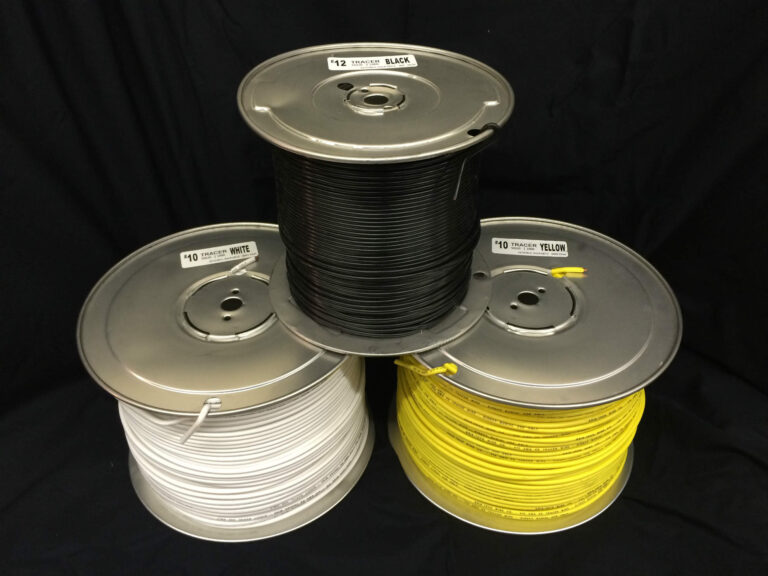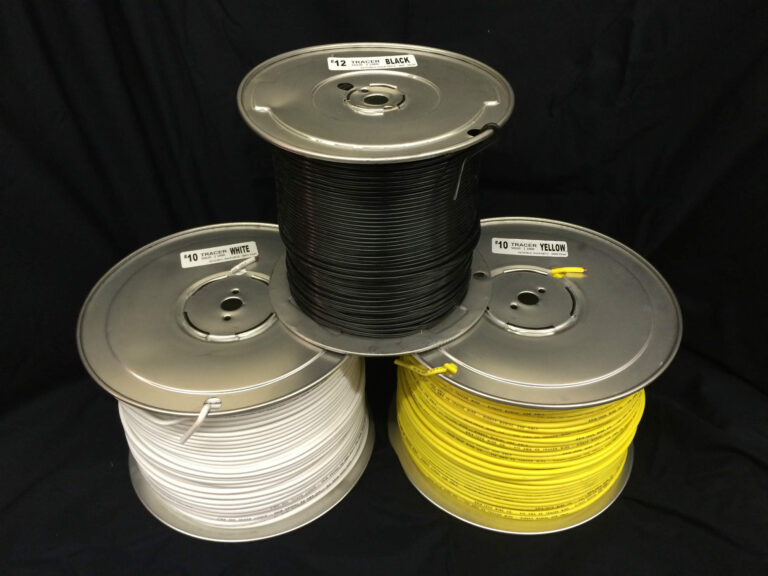
Handy Cap – 20 per Case
The Tapecoat / Royston Handy Cap™ is a 4″ x 4″ prefabricated assembly designed for cathodic protection of leads to pipes and tanks. When pressed...
The Tapecoat / Royston Handy Cap™ is a 4″ x 4″ prefabricated assembly designed for cathodic protection of leads to pipes and tanks. When pressed by hand into position over the anode lead wire weld, it forms a thick, highly resistant electrical insulation seal over the weld, the end of the lead wire and the surrounding area of the pipe or tank. Designed to be used with Royston Roybond 747 Primer.




